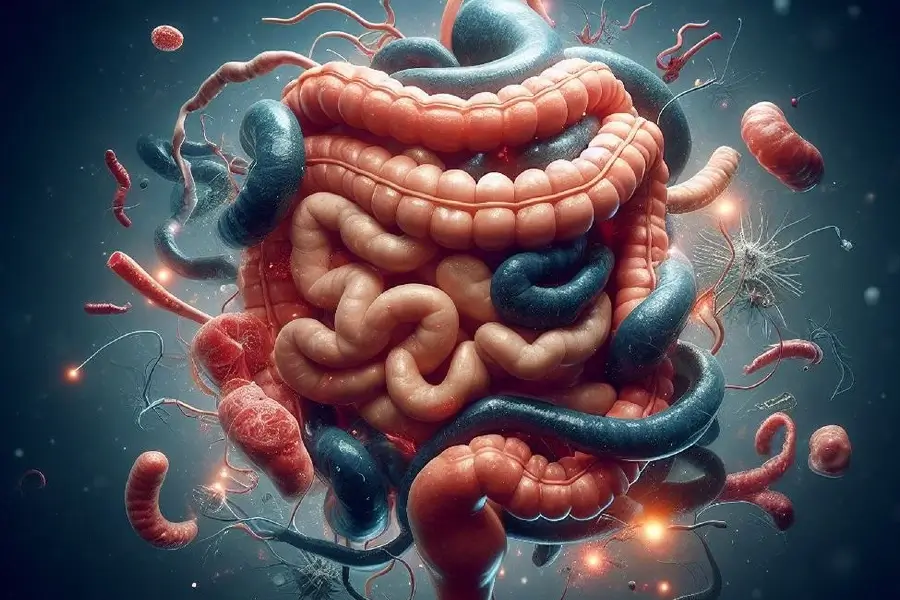In addition to being referred to as organoids or intestinal organoids, mini-guts are three-dimensional structures generated in a laboratory to simulate the human intestine. Stem cells are used to create these miniature replicas of human intestines, which are ultimately relatively small.
An explanation of mini-guts is as follows:
Mini-guts can duplicate some of the functions of the small intestine because they contain a variety of intestinal cell types similar to those found in the human gut. These include the absorption of nutrients and the performance of a basic barrier function.
Researchers utilize mini-guts for a variety of research applications, including but not limited to the following:
Investigating illnesses of the gastrointestinal tract: In order to investigate complicated intestine conditions like Crohn’s disease and ulcerative colitis, researchers are increasingly turning to novel methods.
One of the promising techniques that they have at their disposal is the utilization of miniature, three-dimensional intestinal organoids, which are popularly referred to as “mini-guts.”
In order to create these miniature guts, intestinal stem cells are cultured in a specific, three-dimensional environment. This environment enables the cells to self-organize and develop structures strikingly similar to those found in the human intestine.
Researchers can investigate the pathophysiology of Crohn’s disease and ulcerative colitis, both of which are chronic inflammatory bowel disorders .
These microscopic replicas are capable of recreating the complicated architecture and cellular composition of the native gut. As a result, they offer researchers a great platform from which to explore the mechanisms responsible for a variety of intestinal illnesses.
Researchers can investigate the pathophysiology of Crohn’s disease and ulcerative colitis, both of which are chronic inflammatory bowel disorders that can have a major impact on a person’s quality of life. Mini-guts are a tool for studying these diseases.
These organoids can be utilized to examine the impact of various medications, environmental conditions, or genetic alterations on the development and progression of these disorders. This enables a more individualized and targeted approach to study and treatment, a significant advancement in the field.
Additionally, mini-guts can be created from the patient’s cells, which makes it possible to develop individualized disease models that more accurately reflect the specific characteristics of an individual’s intestinal ailment.
With the assistance of this personalized approach, researchers may be able to pinpoint specific therapeutic targets and develop tailored strategies that are more effective in controlling these complicated and varied conditions.
The utilization of mini-guts in studying intestinal diseases is a crucial development in the discipline because it enables a more in-depth comprehension of the pathophysiology beneath the ailment and the investigation of fresh therapeutic approaches.
Mini-guts are a promising tool for expanding our understanding of the gut and finding new treatments for disorders related to the gut.
With the ongoing development of this technology, it is highly probable that it will revolutionize the investigation and treatment of intestinal disorders such as Crohn’s disease and ulcerative colitis.
Exposing the mini-guts to a variety of conditions allows researchers to gain insights into disease processes and potential treatments.
Drug testing: Mini-guts can be utilized to evaluate the efficacy and safety of novel medications intended for administration to the intestines.
Individualized medicine: In the not-too-distant future, mini-guts produced from a patient’s stem cells could be utilized to develop individualized treatment strategies for disorders that affect the digestive tract.
Mini-guts are a promising tool for expanding our understanding of the gut and finding new treatments for disorders related to the gut.
Nevertheless, it is essential to remember that mini-guts are still being developed and do not fully replicate the entire human intestine just yet. Some of the intricate structures and processes that are present in a normal gut, such as a complete immune system or a blood supply, are absent in these organisms.
